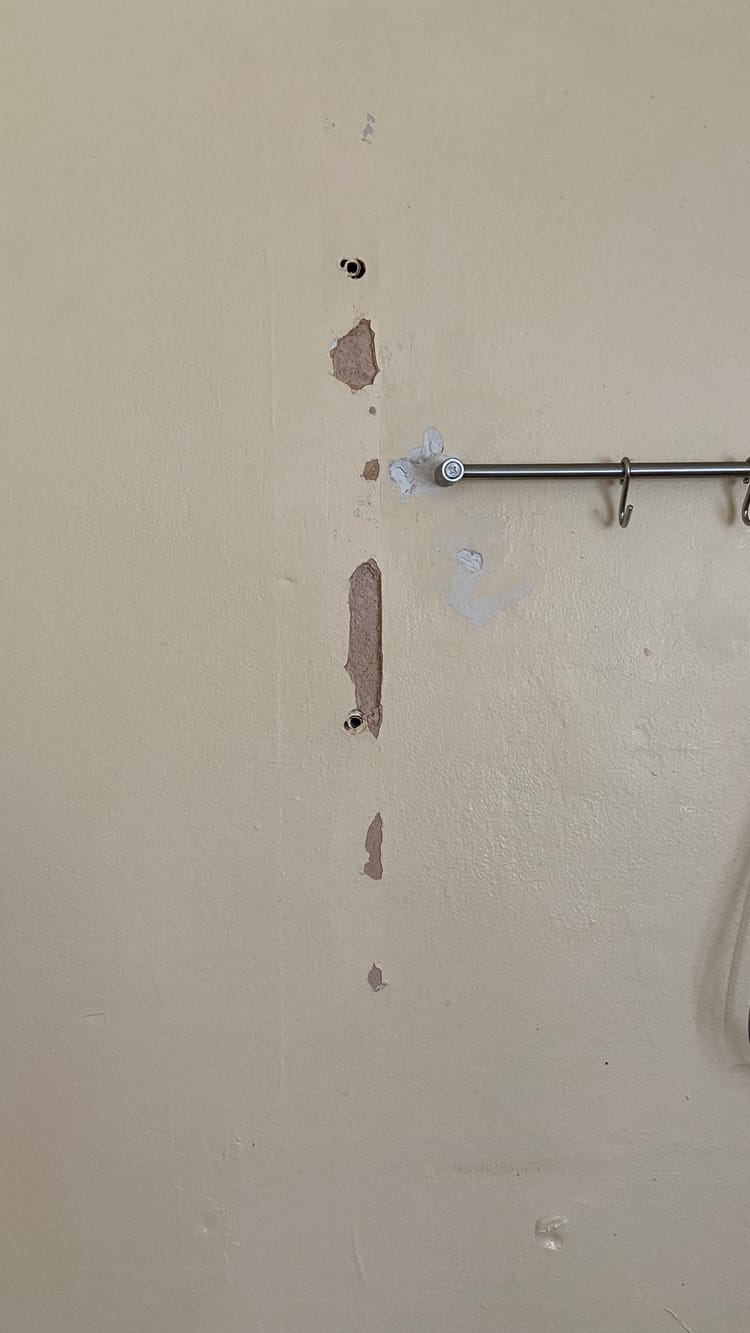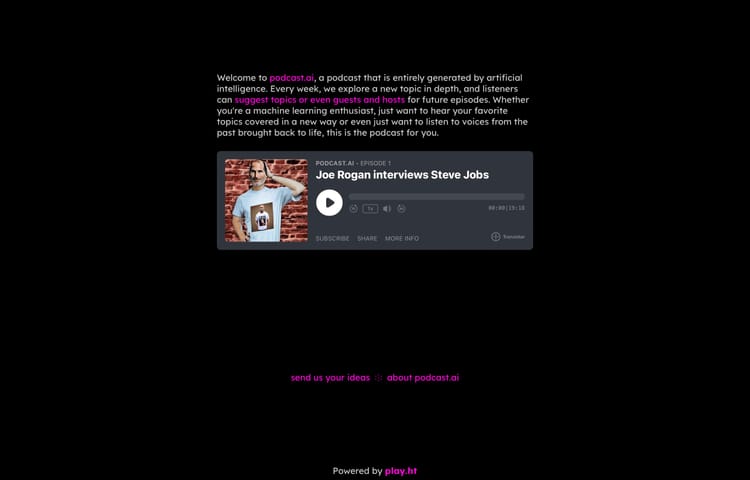ReactPHP and Symfony
I started listening to a great Podcast series which talks a lot about different PHP and server technologies. Where on one of the later episodes, they talk about ReactPHP.
ReactPHP is a great asynchronous solution for PHP. It offers non-blocking async, which is fantastic and can be easily compared to NodeJS (although we won’t be doing that here).
I have now started exploring the technology, and what it is capable of, one of my great project ideas is to have it listen on Twitter’s Streaming API and post coordinates of a certain search query. As it picks up new posts, it will cache them on a database server for historical reasons. This would be a great way to visualise certain stories or World events as they happen.
To start this project off, I decided to not only use ReactPHP but also to merge it in with the Symfony framework. This means I can use ReactPHP within an MVC framework and have my code better organised.
A quick Google pointed me to this article Super Speed Symfony. I followed his quick tutorial on getting these working alongside one another. He had a mistake in his code which I quickly fixed, and now I was ready to get to work.
The barebones framework can be found on my Github for your personal use and exploration here as the original poster had not thought of doing this himself. I thought I would take the lead so others can use it and help in the future.
If you clone my repo, you will be able to run in the project root…
php web/app.phpThis will start up a web server running ReactPHP on the web address 127.0.0.1:1337. You can see this code within app/AppKernal.php. It converts React’s requests into a Symfony request so you can carry on using Symfony as needed. You should then be able to constantly listen in on requests and create some pretty nice async apps.
Some of you may be wondering why I didn’t try going down the Laravel route as I’m a huge fan of that framework. However, I felt like it wouldn’t fit in with how Laravel deals with HTTP requests. Also, it would be a lot more straight forward to implement with Symfony and their HTTP requests instead. However, I could be wrong and would love for someone to prove it if I am.
This is it for my post on this subject for now. However, when I have a more solid app, I will be posting it here along with any tutorials to help others out. I hope this has helped others and I would love it if you shared your ReactPHP projects.
Subscribe to my weekly newsletter!
If you’d like a weekly email in your inbox, please join the newsletter by entering your email address below.
By subscribing, you agree with Revue’s Terms and Privacy Policy.





Member discussion